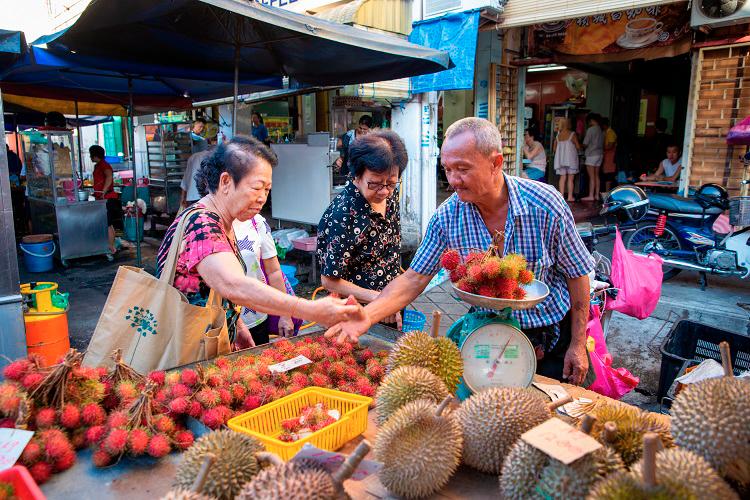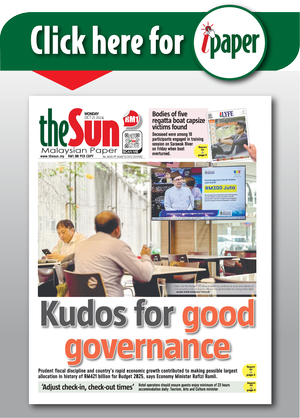THE durian’s story begins deep in the rainforests of Borneo and Sumatra, where the spiky fruit grew wild long before recorded history. Indigenous communities such as the Dayak in Borneo and the Orang Asli in Malaysia were among the first to harvest, consume and even use durian in traditional medicine. For these groups, the fruit was more than nourishment, it was part of their ritual and lifestyle.
The earliest written references appear in Malay texts from the 15th century, where durian was already regarded as a delicacy for royalty. The fruit’s name came from the Malay word duri, meaning thorn, a nod to its formidable shell.
When European explorers later encountered durian, many were struck by its paradox: a pungent odour that offended the senses, yet a taste likened to rich custard and almonds. The naturalist Alfred Russel Wallace famously described it in the 19th century as an acquired pleasure, both repelling and delighting at once.
This duality, off-putting to some, irresistible to others, helped cement durian’s mystique and reputation as the “king of fruits”.
Malaysia, a durian haven
While durian grows across Southeast Asia, Malaysia stands out as a global epicentre. The country’s tropical climate, fertile soil and long agricultural tradition created the perfect conditions for cultivating diverse varieties.
More than 30 species exist but only a fraction are edible. Among them, Musang King (Mao Shan Wang), D24 and Red Prawn are household names, each prized for their unique balance of sweetness, bitterness and creaminess.
Malaysia’s strong association with durian comes not only from its natural abundance but also from cultural reverence. Durian season, typically from June to August, turns towns and highways into open-air bazaars. Families, friends and even strangers gather around makeshift tables at roadside stalls, cracking open shells and sharing the golden flesh inside. The fruit is less an individual snack than a communal ritual.
This culture of sharing has transformed into something much larger: an entire tourism economy.
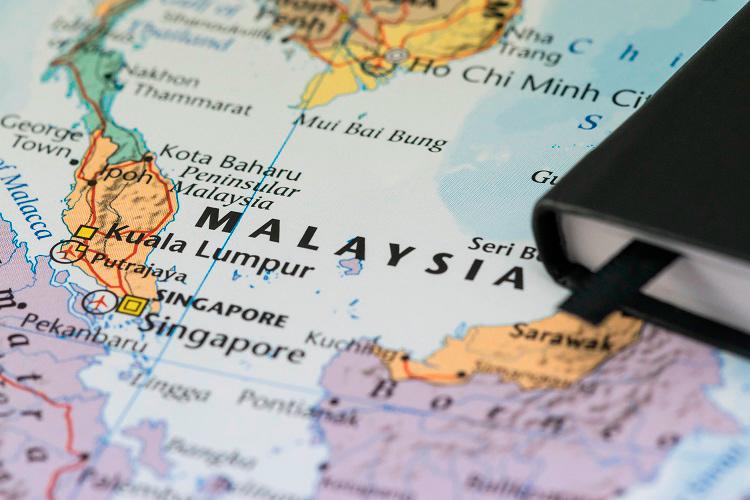
Tourism magnet
In recent decades, durian has become a focal point for agro-tourism in Malaysia. Orchard tours, particularly in states such as Pahang, Penang and Johor, invite visitors to sample durians straight from the tree. These farms often pair tasting sessions with guided walks, where tourists learn about cultivation techniques, tree lifespans and the differences between varieties.
Festivals add another layer of attraction. Annual events such as the Penang Durian Festival draw thousands of visitors, both locals and international tourists, eager to taste rare species or indulge in “all-you-can-eat” feasts.
For Chinese tourists, the Musang King has become a luxury fruit and many travel to Malaysia for its authentic orchard experiences. This niche demand has helped brand Malaysia not just as a producer but as the homeland of premium durian.
What makes this tourism unique is its authenticity. Unlike manufactured theme parks or urban malls, durian tourism offers visitors a direct link to nature, farming traditions and cultural practices. It blends gastronomy with education, creating a holistic experience that appeals to adventurous travellers.
Beyond orchard
Durian’s influence stretches far past the farm. Malaysian kitchens continually reinvent the fruit, incorporating it into desserts, beverages and even savoury dishes.
Traditional recipes such as tempoyak (fermented durian used in stews) sit alongside modern creations such as durian ice cream, cheesecakes and even lattes. These innovations make the fruit approachable for those hesitant to try it raw, widening its audience.
Restaurants and cafes across Malaysia now leverage durian as a seasonal draw, while souvenir shops export durian-based products like candies, cookies and mooncakes. Culinary creativity ensures the fruit’s relevance in both local and global markets.
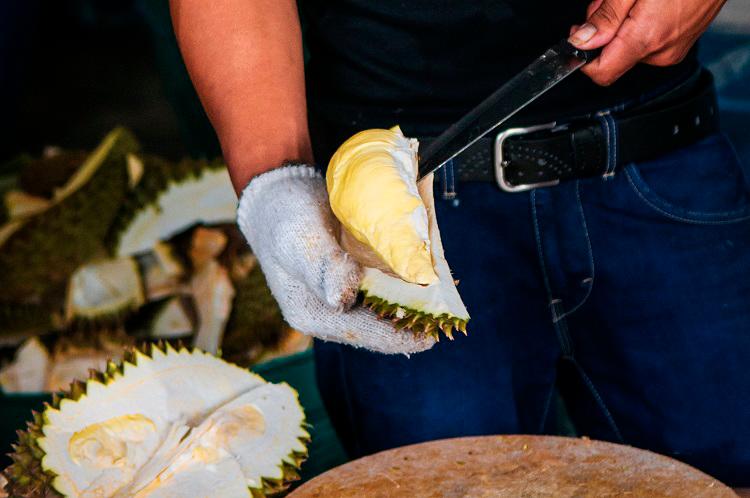
Thorny goldmine
The durian industry is more than a cultural phenomenon, it is an agricultural powerhouse. Within Malaysia’s agriculture sector, durian has become one of the most profitable crops.
The rise of the Musang King as a luxury commodity has been especially significant. Exports to China have skyrocketed in recent years, with demand so high that prices often rival those of imported wines or truffles.
For the rural community, durian cultivation provides sustainable livelihoods. Farmers can command premium prices during peak seasons, while related industries, transport, packaging, retail and agro-tourism also benefit.
Even government initiatives recognise durian’s potential, with policies encouraging orchard expansion and streamlined export processes.
In short, durian is not only a fruit but also a driver of job creation, agricultural trade revenue and rural development.
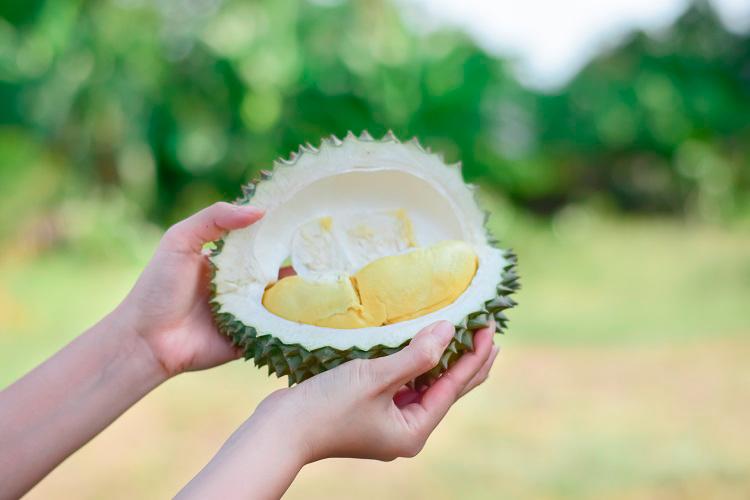
Why durian tourism thrives
Several factors explain why durian tourism continues to thrive in Malaysia:
➤ Authenticity and heritage
Unlike generic global attractions, durian experiences are rooted in local culture and history. Visitors gain a sense of connection to Malaysian identity.
➤ Exclusivity
With certain premium varieties grown only in Malaysia, orchards offer something travellers cannot find elsewhere.
➤ Gastronomic adventure
The fruit’s polarising reputation creates intrigue. Tourists often want to try it precisely because of its infamy.
➤ Community and atmosphere
The act of sharing durian in groups fosters warmth and festivity, adding social value to the experience.
➤ Global demand
International appetite, especially from China, amplifies Malaysia’s role as the heart of the durian world, drawing tourists to the source.
Together, these factors explain why durian is not just surviving but thriving as a tourism product.
Fruit defines a nation
Durian’s journey, from its rainforest origins to international fame, captures the essence of Malaysia’s cultural and economic evolution. It embodies tradition yet adapts to modern tastes. It challenges perceptions while uniting communities. And perhaps most importantly, it creates opportunity, not only for farmers and traders but also for the tourism industry that has learnt to showcase it with pride.
In many ways, durian tourism encapsulates Malaysia’s broader appeal: authentic, flavourful and rooted in heritage yet open to reinvention.
To Malaysians, durian is not just a seasonal indulgence. It is a cultural touchstone, a source of livelihood and a reason for travellers worldwide to step onto Malaysian soil.



